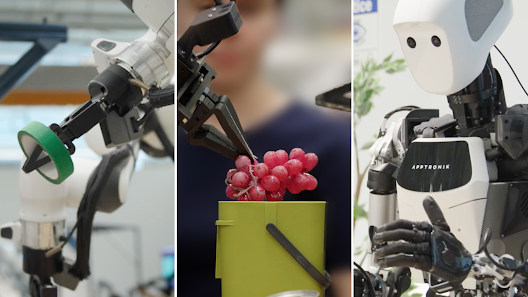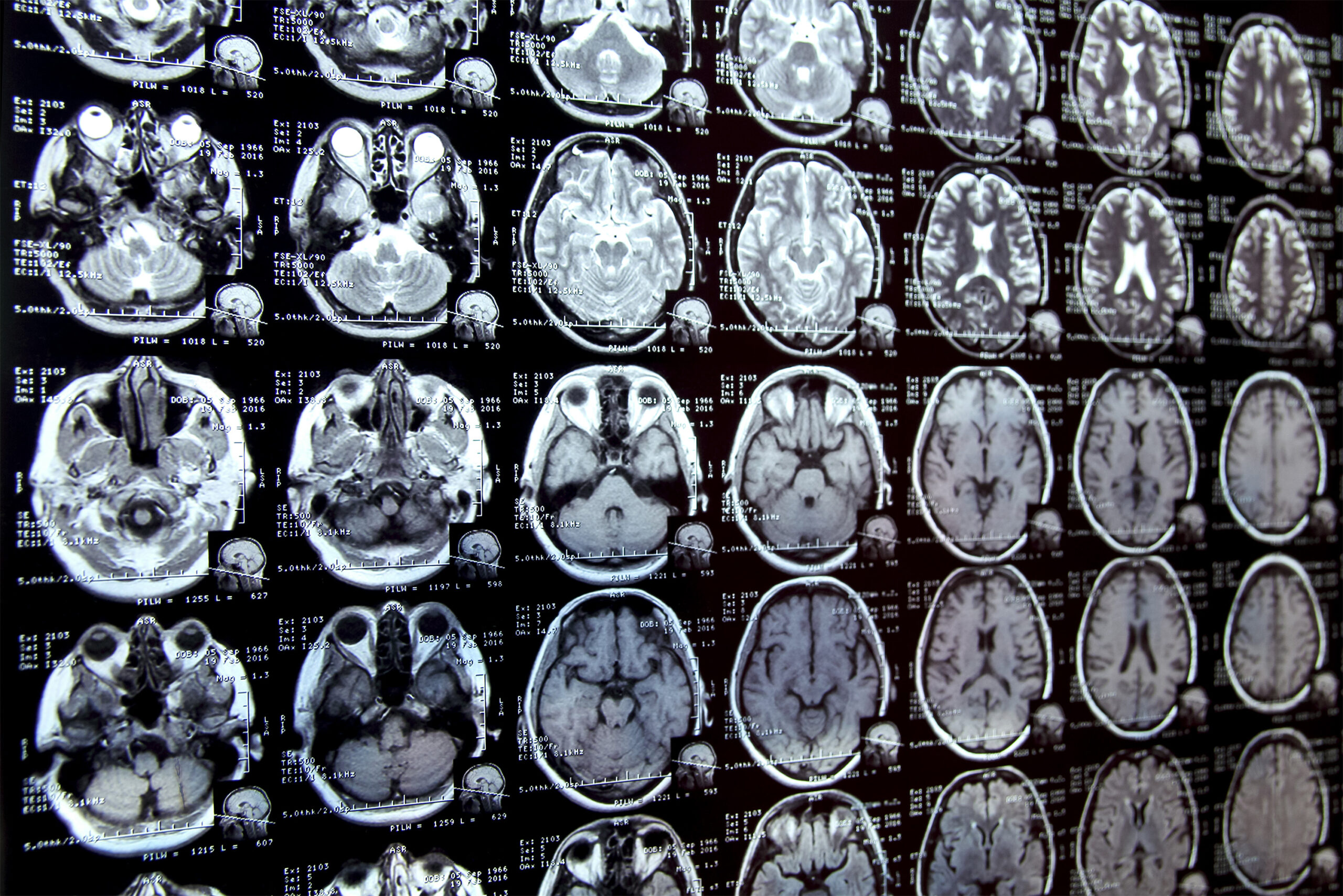Revolutionizing Robotics and Wearables with Advanced Sensor Technologies
In a significant leap forward for robotics and wearable devices, researchers at Chung-Ang University in South Korea have unveiled innovative strategies to develop highly sensitive, self-powered tactile sensors. These breakthroughs are poised to redefine how machines and devices interact with the physical world, aiming to mimic and even surpass human sensory capabilities.
Key Innovations in Sensor Development
The study focused on manufacturing strategies for two primary types of tactile sensors: piezoelectric and triboelectric. Both types are designed to convert mechanical stimuli, such as pressure or touch, into electrical signals—a functionality critical for applications in robotics and wearable technology.
- Piezoelectric Sensors: These sensors generate voltage from mechanical stress applied to non-centrosymmetric materials like quartz and polyvinylidene fluoride. Researchers have enhanced their performance by employing techniques such as doping, crystallinity control, and composite material integration to increase their piezoelectric constant. Lead-free ceramics and polymer blends were also used to create environmentally friendly, flexible sensors.
- Triboelectric Sensors: These operate through contact-induced charge transfer and were improved using advanced surface modification techniques, including plasma treatments, micro-structuring, and dielectric constant optimization. These methods have resulted in durable, high-output sensors with increased charge transfer efficiency.
Additionally, the integration of 3D printing and solvent-based crystallization techniques has significantly improved the adaptability and sensitivity of these sensors, making them suitable for dynamic and demanding environments.
From Theory to Real-World Applications
By combining these advancements, the researchers aim to create tactile sensors capable of multi-modal sensing and real-time interaction. This opens new doors for industries such as healthcare, robotics, and human-machine interfaces. For example, AI-driven tactile analysis could enable devices to interpret texture, pressure, and other stimuli with unparalleled precision.
The findings also emphasize the complementary strengths of piezoelectric and triboelectric sensors, suggesting that hybrid models could further enhance their functionality. Such innovations promise to drive the development of intelligent systems that seamlessly integrate into human environments, offering solutions ranging from healthcare monitoring to advanced robotics.
Looking to the Future
This study highlights not only the potential of tactile sensors but also the importance of integrating AI for enhanced data processing and multi-stimuli detection. By leveraging machine learning and advanced algorithms, these sensors could pave the way for next-generation technologies that bridge the gap between humans and machines.
For those interested in how tactile technologies intersect with broader AI advancements, the article Bridging the Digital and Physical: The Rise of Physically Intelligent AI is a must-read, providing further insights into the fusion of physical interaction and AI-driven intelligence.
The advancements detailed in this research mark a pivotal moment in the evolution of robotics and wearable technology, setting the stage for innovations that could transform industries and improve quality of life on a global scale.







